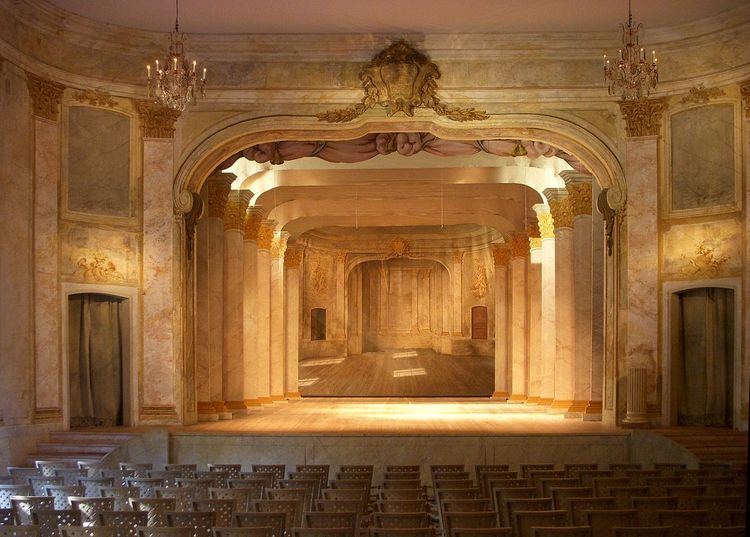 | ||
The European Route of Historic Theatres is a holiday route and European Cultural Route, that runs through many European countries. It links cities with important historic theatres from the 16th to 19th centuries.
Contents
This cultural route was initiated by the members of the organisation, Perspectiv – Association of Historic Theatres in Europe, which was founded in October 2003 with the aim of preserving the cultural heritage of historic theatres in Europe. The head offices of this charitable association are in the Goethe town of Bad Lauchstädt and city of Berlin. The project is supported by the Culture programme of the European Union.
The European Route of Historic Theatres originally consisted of five individually named routes: the German Route, the Nordic Route, The Channel Route, the Italian Route and the Emperor Route. Each links between 9 and 12 towns and cities with important theatre traditions. Cultural tourists can travel directly from the start or finish of any route to another nearby route. In 2014, two more routes were added: the French and Adriatic Routes. Other routes planned are: the Baltic and Iberian Routes (2015); and the Alpine and Black Sea Routes (2016).
Nordic Route
German Route
Channel Route
Italian Route
Emperor Route
The Emperor Route was established in 2013 and runs through the Czech Republic (especially Bohemia) and Austria. These two countries were ruled by the emperors from the Habsburg dynasty until 1918, hence the name of this route.
